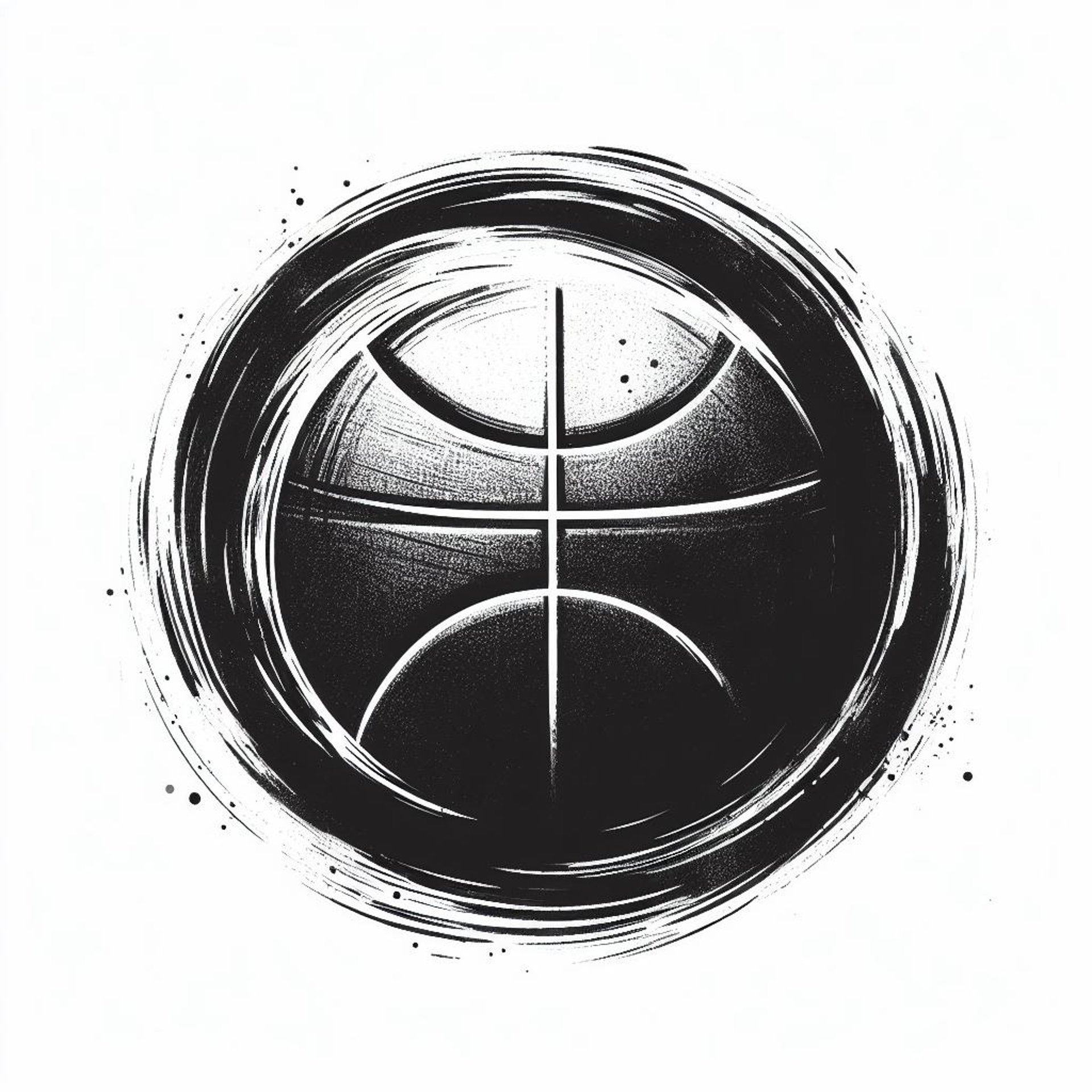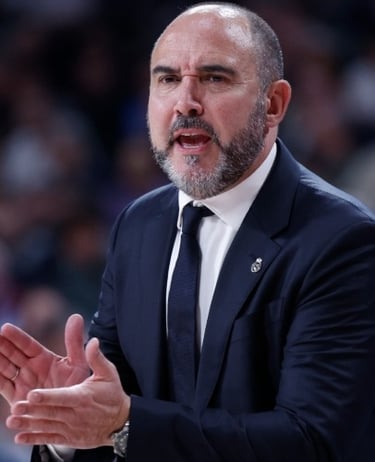
Chus Mateo: Early offense situations
Basketball Philosophy
P&S - SABC SERIES
AN
6/9/20253 min read

Chus Mateo, is the current head coach of Real Madrid’s basketball team and one of Europe’s most respected basketball minds. His coaching career spans over 30 years, including major assistant roles at other Spanish clubs like Unicaja Málaga and Fuenlabrada, as well as head coaching stints at CAI Zaragoza and Shanxi Brave Dragons (China). As head coach, he led Real Madrid to the 2023 Euroleague Championship, 2024 Spanish League title, Copa del Rey, and two Spanish Supercups, earning Euroleague Coach of the Year (2024). While serving as assistant to Pablo Laso, he also contributed to two EuroLeague titles and multiple domestic championships. Beyond club success, he shares his coaching philosophy through the Chus Mateo Academy, focused on elite skill development.


Coach's Profile
Video Link
In his presentation coach explains his approach on early offense concepts. Major aspects include, pace of play, floor spacing, reading and reacting to defensive approach as well as variations of player movement for optimal execution. Here is the main points breakdown:
12:00 – 18:00: Conceptual Foundation of Early Offense
Chus Mateo begins by establishing the why behind early offense. He explains that transition isn’t just speed—it’s an organized system to maintain pressure and exploit advantages.
Early offense is designed to attack before the defense is fully set.
Not just a fast break—it's structured play out of transition.
The offense flows in three phases:
1. Primary break – quick score after rebound/steal
2. Secondary break – planned spacing if no quick option
3. Seamless flow into set offense – no dead ball or reset
18:00 – 25:00: Roles and Floor Spacing
This section focuses on each player's responsibilities and how proper spacing fuels offensive efficiency during transition.
Bigs: Sprint to the rim to collapse the defense and create early space.
Guards: Push the ball quickly with the pass (not dribble), recognize early mismatches.
Wings: Must run wide lanes and get to the corners early to space the floor.
Emphasis on balance: vertical (rim runner) and horizontal (wings) spacing.
Positioning leads to quicker reads and easier scoring options.
25:00 – 33:00: Drills for Transition Execution
Mateo presents specific drills he uses to sharpen decision-making and reinforce habits under transition pressure.
Uses 2-on-1, 3-on-2, and 5-on-4 drills to simulate real transition chaos.
Players learn to read help defense and act quickly—pass, drive, or pull up.
Drills condition players to execute decisions at game speed.
Incorporates conditioning into drills so transitions stay sharp even when fatigued.
33:00 – 40:00: Secondary Break and Flow Offense
Once initial options are shut down, teams transition into structured movement without calling plays. Mateo explains how to keep the defense under stress.
Seamlessly shift into drag screens, early P&Rs, and handoffs.
Avoid resetting the offense—keep the tempo alive.
Trailing bigs act as mobile screeners in transition.
Slip screens, ghost screens, and corner exchanges open up space.
Movement is continuous; defenders must constantly react.
40:00 – 50:00: Video Examples and Real-Game Application
Mateo shows how these principles apply in professional play, using clips from Real Madrid games.
Bigs rim-run, drawing defenders and opening perimeter shots.
Quick middle pick-and-rolls without setup catch the defense flat-footed.
Effective use of flare screens and staggered actions in transition.
Constant pressure ensures defenders can’t relax—even after makes.
50:00 – 57:00: Common Mistakes and Coach Adjustments
The final part of this segment discusses what can go wrong—and how to fix it.
A) Typical errors:
Slow transition pace after rebounds
Poor communication on who fills which lane
Guards overdribbling and killing spacing
B) Solutions:
Clear team rules for lane assignments
Teach guards to read space, not just run plays
Encourage fast, decisive passes over excessive ball handling
Video Key Points
The video embedded and shared on this website belongs to their respective creators and owners. We do not claim ownership of any content that does not originate from us. The videos displayed here are publicly available and sourced from platforms like [YouTube/Vimeo/etc.] under their respective terms of use.
This website complies with [YouTube’s API Terms of Service or other platform policies, if applicable] and does not modify or alter the original content.
The video link is property of the Serbian Association of basketball coaches channels and has not been edited in any way for the purposes of this post
Copyright Disclaimer


